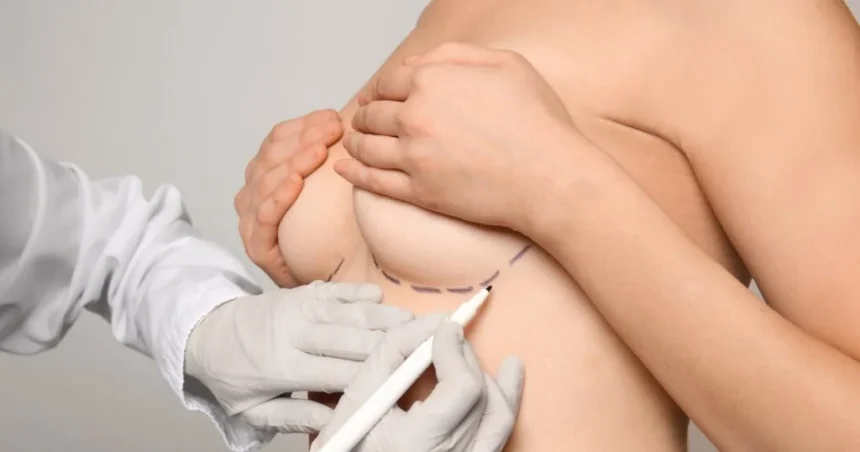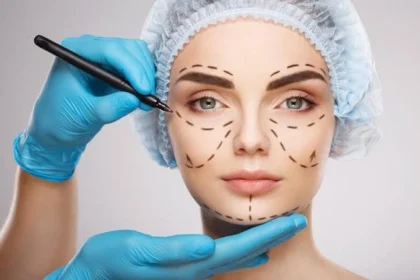Fat grafting involves transferring a patient’s own fat tissue from one area of the body to the breasts, offering an alternative approach to traditional implant-based enhancement. The procedure combines elements of body contouring with breast augmentation, utilizing the patient’s natural tissue to achieve desired results. The technique has gained recognition among reconstructive surgeons for its dual benefits of removing unwanted fat from donor sites while enhancing breast volume and shape.
What Is Fat Grafting?
Fat grafting serves as both a standalone procedure and a complementary technique in breast enhancement. The process involves harvesting fat through liposuction from areas such as the abdomen, flanks, or thighs. This harvested tissue undergoes processing and purification before being strategically injected into a specified area, such as the breast.
The role of fat grafting extends beyond simple volume enhancement. Surgeons utilize this technique to improve breast contour, correct asymmetries, and refine results from previous procedures. The method allows for precise sculpting of breast shape, as surgeons can control the placement and distribution of the transferred tissue.
What Are the Benefits?
Fat grafting offers several advantages that distinguish it from other breast enhancement methods. The technique utilizes the patient’s own tissue, which eliminates concerns about foreign material rejection or compatibility issues. This autologous approach can result in natural-feeling outcomes that integrate seamlessly with existing breast tissue.
The procedure provides simultaneous body contouring benefits. Areas that contribute donor fat experience improved contours, creating a dual enhancement effect. The technique offers flexibility in achieving desired outcomes. Surgeons can perform the procedure in multiple sessions, allowing for gradual enhancement and fine-tuning of results. Long-term outcomes with fat grafting show stability once the transferred tissue is properly settled. The integrated fat tissue behaves like native breast tissue, maintaining its characteristics over time.
What Does the Procedure Entail?
The fat grafting process involves three distinct phases. These stages can be labelled as harvesting, processing, and injection. Each phase requires specific techniques and attention to detail to optimize outcomes.
Harvesting Phase
The harvesting process uses gentle liposuction techniques designed to preserve the viability of fat cells. Specialized cannulas and controlled suction help maintain tissue integrity during extraction. The selection of donor sites depends on individual patient anatomy and available tissue.
Processing Phase
Following extraction, the harvested tissue undergoes careful processing to separate viable fat cells from other components. This phase may involve centrifugation techniques to concentrate healthy fat tissue. The processing stage directly affects the survival rate of transferred tissue. Proper handling and preparation of the fat tissue contribute to successful integration and long-term results.
Injection Phase
The final phase involves the strategic placement of processed fat tissue into the breasts. Surgeons use special syringes to inject the tissue in multiple layers and locations throughout the breast. The injection process requires precision and artistic skill. Multiple injection points help achieve smooth, even results without creating irregularities.
Recovery and Follow-up
Post-procedure care involves monitoring both donor and recipient sites. Patients typically experience some swelling and bruising, which resolves over several weeks. The final results become apparent as swelling subsides and the transferred tissue establishes its blood supply.
Meet With a Reconstructive Surgeon
Fat grafting represents a sophisticated approach to breast enhancement that leverages the body’s own tissue for natural-looking results. Each patient’s anatomy and goals require individualized assessment to determine the most appropriate approach. A consultation with a qualified reconstructive surgeon provides the opportunity to discuss expectations, evaluate candidacy, and develop a personalized treatment plan that aligns with individual aesthetic objectives.








